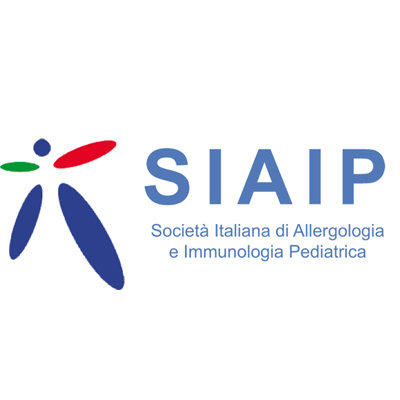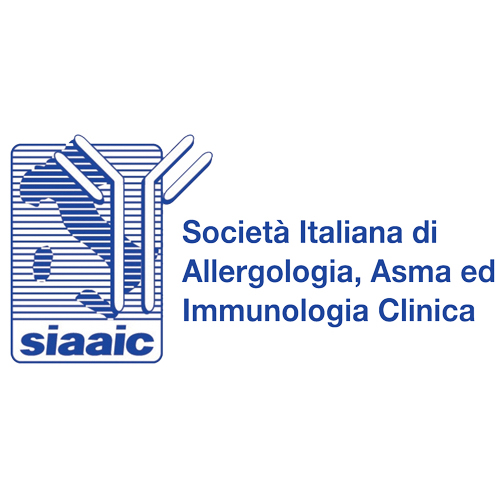
by cristiano | Oct 17, 2018
Immunological and genetic investigations are not need when the child is suffering from undifferentiated common viral infections affecting the upper airways and when there is no family history of primary lung diseases or hereditary immunodeficiencies. The decision to...

by cristiano | Oct 17, 2018
Cutaneous allergometric tests, if possible, should be preferred and considered as the first diagnostic level in case of patients with clinical history of suspect allergic reactions, as they are more rapid, less invasive and cheaper than serological tests. Exceptions...

by cristiano | Oct 17, 2018
The incidence of isolated microhaematuria in random urine testing is about 8% in children of 3 years of age; this percentage falls to 3-4% in schoolchildren. Nevertheless, in both of these paediatric age groups, the incidence of microhaematuria at subsequent...

by cristiano | Oct 17, 2018
In paediatric clinical practice, the occasional finding of low-grade proteinuria is frequent, though it is not always an indication of kidney damage or disease. However, the definition of a more appropriate diagnostic approach is useful both for the timely detection...

by cristiano | Oct 17, 2018
Routine urine culture (once a month) is often performed as part of the follow-up of children with congenital nephro-urological malformations or as part of the standard screening tests for children in good clinical condition. In these cases, the finding of bacterial...








Recent Comments